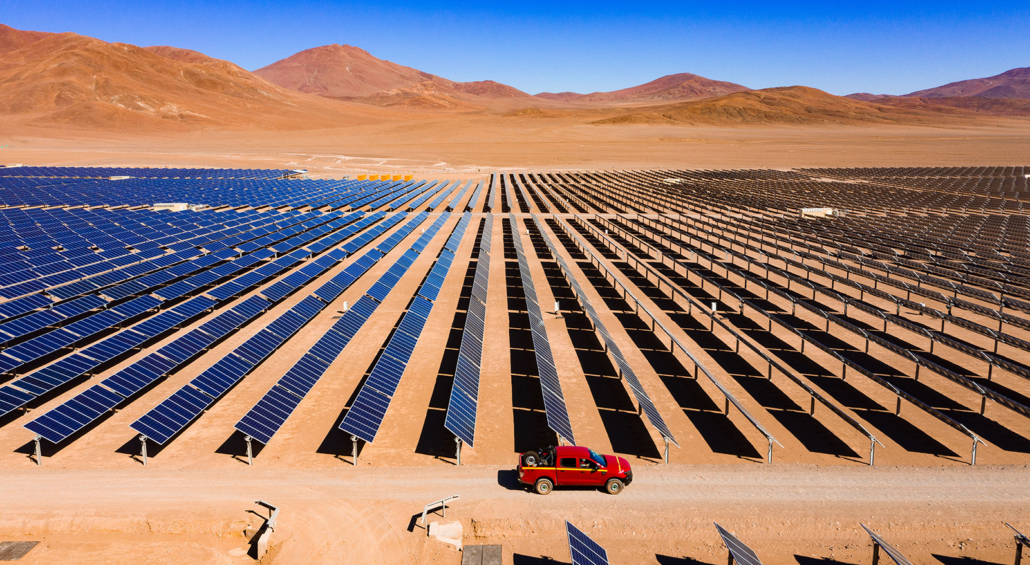The Chilean region of Coquimbo, in the center-north of the South American country, was supplied with electricity 94 percent through renewable energies during 2022, the Ministry of Energy highlighted today.
The entity affirmed that Coquimbo “continues to be one of the most sustainable areas of the country in energy terms”, with a predominance of wind energy and a series of projects installed in the region.
In the Coquimbo region, there are 65 generation plants with an installed capacity of 1,750 megawatts (MW), 61 percent of which corresponds to renewable energy (wind and solar) and 39 percent to backup generation.

The ministry explained that the northern region recorded an 11.4 percent increase in electricity generation in 2022, compared to 2021, given the rise in wind energy production and the incorporation of new photovoltaic plants to the matrix, according to official data.
Electricity generated in Coquimbo last year reached 2,454.8 gigawatt hours (GWh), equivalent to the average annual consumption of 1.2 million homes, according to the National Electricity Coordinator’s report.
Of that total, 1,567 GWh corresponds to wind energy (64 percent), 24.5 GWh to hydraulic production (1 percent), 723.8 GWh to solar energy (29 percent), and 139.3 GWh to backup power plants (6 percent).
Chile has set itself the goal of becoming carbon neutral and resilient to climate change by 2050.
This objective was made official last June with the enactment of the Framework Law on Climate Change, which establishes the fight against global warming as a state policy and defines the mechanisms for dealing with the phenomenon.
The South American country has since 2020 with the National Green Hydrogen Strategy, with long-term national and global implications.

